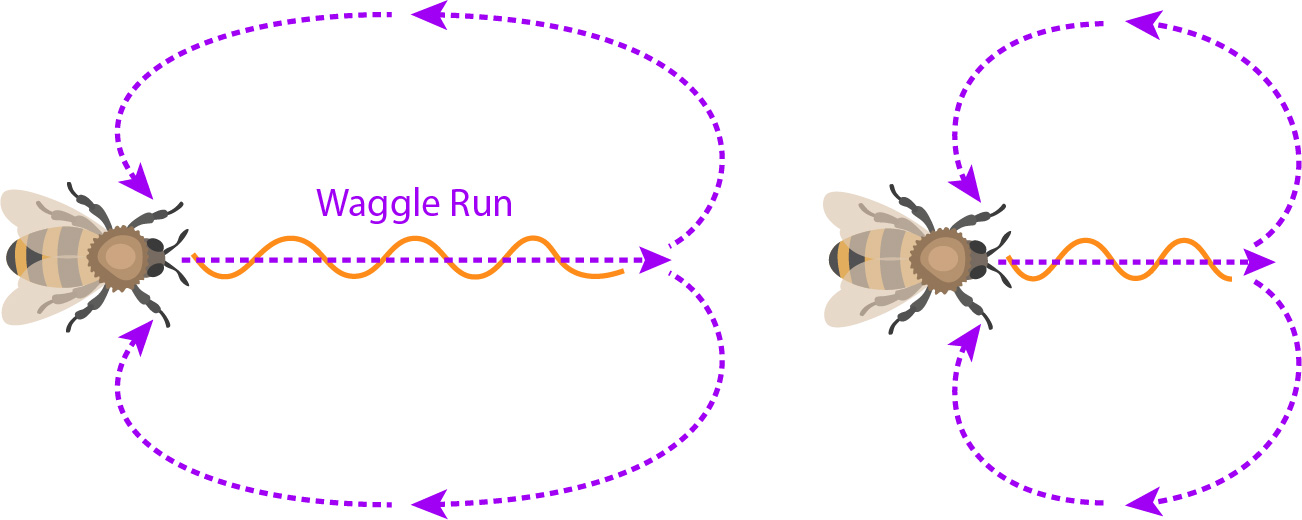According to me , this year has a separate fan base.. can you imagine a fungi that turns flies into zombies??? Yes I was shocked too when I read about it last night.
Yes , there is a fungi named
"Entomophthora muscae" (which means fly destroyer) from the family "Entomophthoraceae" is a species of pathogenic fungus in the order "Entomophthorales". It lives off houseflies, fruit flies, among others. It causes a fatal disease in flies. It can cause epizootic outbreaks of disease in houseflies and has been investigated as a potential biological control agent.
 |
| An effected fly |
"It's a crazy system" said Carolyn Elya, a researcher at Harvard. While getting her P.h.D at UC Berkeley, she described what a fungus infection looks like in fruit flies and she continues to study about their interaction. " The fungus only kills at dusk",she said.
For the first few days after picking up a fungal spore, an infected fruit fly seems normal. But inside its body, the fungus is growing, taking over the fly’s brain and central nervous system and feeding on its fat body, the tissue where insects store nutrients and energy.
At dusk on the fourth or fifth day, the fruit fly stops flying and starts behaving erratically.
Suddenly the fly then extends its mouthpart down, and some liquid drips out and glues the fly to the surface it’s standing on. Researchers believe the droplets are made up of fungus, though Elya said it’s not clear whether the fungus is inherently adhesive or makes itself sticky so that the fly gets stuck.
 |
| An effected fly get stucked to the substratum |
Over the next 10 or so minutes, the fly’s wings ascend in small bursts until they’re pointing straight up. Sometimes this happens more quickly. And then it dies frozen in this lifelike pose.
Soon after, white spongy fungus oozes out of its abdomen. When the fungus has all come out, the fly looks as if a cotton ball had grown over its lower body. This white goo is made up of hundreds of tiny lollipop-shaped protrusions called conidiophores.
These spores are the next generation of fungus. They need to get into another fly to grow.
But why would a healthy fly hang out around a dead one?
So a researcher named Mullens found that in dairy and poultry farms, infected houseflies died at dusk on the cool end of the barn — the fungus prefers lower temperatures.
In the morning, living flies would warm themselves in the first rays of sun, which fall right where the flies died the night before. The fungus had spent all night shooting out spores. Come morning, those spores started shooting out secondary spores that infected the living flies that had come to warm up.
Scientists believe that getting the fly to point its wings up helps the fungus spread its spores. If the fly climbed high enough, the spores might be dispersed by the wind. And there’s an added bonus for the fungus in keeping the fly’s wings up. In houseflies, scientists have observed males mating with infected female cadavers.
“I think the fat females are especially attractive for the males,” said Mullens. Those males carry off some spores and spread them around.
In nature, Entomophthora muscae can be lethal to large groups of flies in the fall, when the cooler temperatures that the fungus prefers have started.
But don’t worry — the fungus doesn’t hurt humans.
“It’s very unlikely that a similar fungus could zombify people,” said Elya. “Not only do we run much warmer than an average fly, we can control our bodily temperature to kill invaders. We also have an adaptive immune system, which is good at amplifying responses to specific invaders.”
Mullens and other researchers tried to figure out how the fungus might be put to use as a biological control for flies in homes and farms. But the spores are short-lived, fragile and difficult to grow in the lab, which has made it impossible to bottle them up and use them as an insecticide. And a housefly lives about as long as it takes the fungus to incubate anyway.
There's a lot more efficient ways to kill flies, and faster but still researchers are imagining ways to put this fly-killer to work for humans.
















